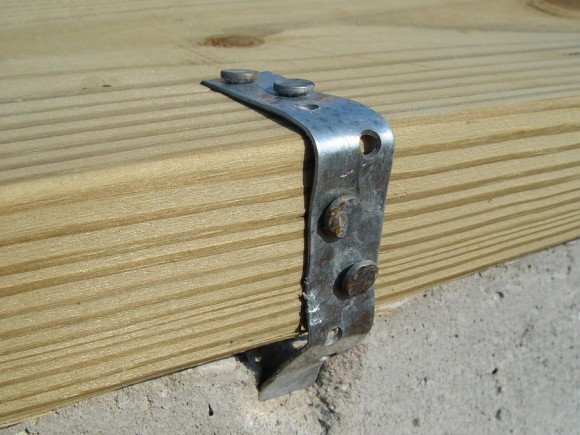Facing the largest natural disaster since Hurricane Katrina, America’s property/casualty insurers have already begun paying tens of thousands of claims to the victims of ‘Super Storm’ Sandy, honoring their commitments and helping policyholders get back on their feet.
At this point, the number one goal of America’s insurance companies is restoring the affected communities and ensuring their future resiliency.
The storm – 900 miles wide with winds exceeding 90 miles per hour – devastated communities from Virginia to Massachusetts, and insurance adjusters will be there for as long as it takes to help their policyholders get back on their feet. The months-long rebuilding process has begun in earnest.

Many communities are only just now taking their first steps to repair the damage Sandy wrought; turning the power back on, returning to their homes and starting to see what can be saved and what must be rebuilt.
Sandy has been compared to any number of storms, from the “Long Island Express” Hurricane of 1938 to Hurricane Irene, which struck the same region just last year. But rather than looking to history for comparisons, we should look ahead to the next storm.
Preparing for a storm, for most of us, means buying extra food or water, cleaning the gutters and perhaps boarding up the windows.
But the most important steps to mitigate against a disaster begin far earlier. They begin when state or local officials think about what kind of buildings they want in their communities, and what standards those structures should be built to. They begin when those same officials agree to a minimum standard for safe buildings, and commit the needed funding to ensure that those standards are met.
It’s up to those communities, and their state governments to adopt and enforce stronger building codes, but Congress can help by investing more in those states that do so and creating an incentive for others to follow. Such an incentive would reduce the amount of damages overall, allowing funds to be focused on those areas hardest hit by a disaster.
One of the most effective ways to prevent future losses of life and property is to ensure that the homes and other buildings we put up today will be stronger than those we lost, and better able to withstand the next big storm.
Building Codes: Most Effective Means of Mitigating Against Disaster
Every new structure should be built with this goal in mind, and the construction should be guided by adequate building codes to ensure that we’ll be safer when the next storm hits. Building codes are the simplest and most effective means of mitigating against disaster.
At a time when every dollar of federal spending is under scrutiny, Congress has the opportunity to create an added incentive for the states to adopt and enforce stronger building codes. Numerous studies have shown the best way to reduce losses from a disaster is to build buildings that can withstand one.
A 2005 National Institute of Building Sciences’ study concluded for every $1 spent on mitigation at the federal level, the American taxpayer saves $4 in disaster assistance.
The Safe Building Codes Incentive Act, or HR 2069, was introduced by Reps. Mario Diaz-Balart, R-Fla., Richard Hanna, R-NY, and Albio Spires, D-NJ. It would offer states an increase to post-disaster grants if they adopt and enforce a nationally recognized model building codes.
In the case of Sandy, New York and New Jersey would have qualified for additional funds had the Act been in place, meaning more money would be available to help rebuild the roads, railways, bridges and tunnels devastated by the storm.
The Safe Building Code Incentives Act would more than pay for the increased grants. A 2012 Milliman study found the legislation would have saved $11 billion if states had enacted the code in 1988, for an annual rate of almost $500 million in savings, and would have reduced losses in that time by as much as 20 percent if those buildings hit by storms had been built to the codes outlined in the Safe Building codes Incentive Act.
We can reduce the losses for the next storm starting today, by building stronger and encouraging the states to adopt and enforce safer building codes.
Topics Trends
Was this article valuable?
Here are more articles you may enjoy.



 Chubb Continues ‘Record’ Year With 13.8% Jump in Q3 Net Income
Chubb Continues ‘Record’ Year With 13.8% Jump in Q3 Net Income  Viewpoint: Role of Private Flood Insurance Has Room to Grow With NFIP Instability
Viewpoint: Role of Private Flood Insurance Has Room to Grow With NFIP Instability  JPMorgan Sues Customers Over Check Fraud Linked to Glitch That Went Viral
JPMorgan Sues Customers Over Check Fraud Linked to Glitch That Went Viral  PCF Insurance to Rebrand as Trucordia With New Growth Strategy
PCF Insurance to Rebrand as Trucordia With New Growth Strategy 

